CM- Slanjayvah Danza LabDay
Hands-on LabDay: Dancers explored Europeana to find images to generate movement material and a short movement score. Europeana was the source of inspiration.
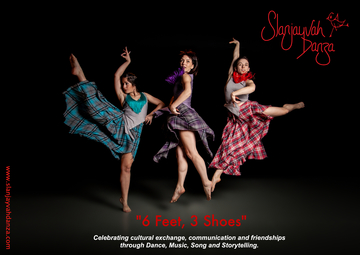
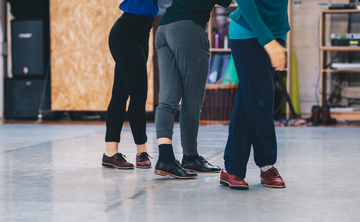
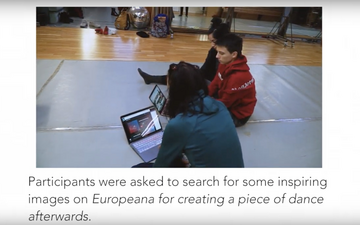
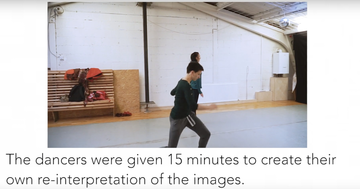
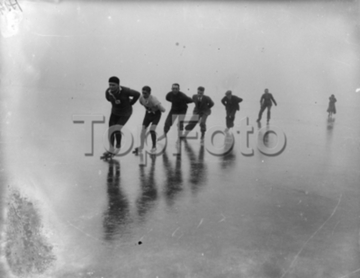
Ein Mann schnallt sich Schlittschuhkufen an im Spreewald, Deutschland 1930er Jahre. A man putting on his ice skate runners at Spreewalad area, Germany 1930s.
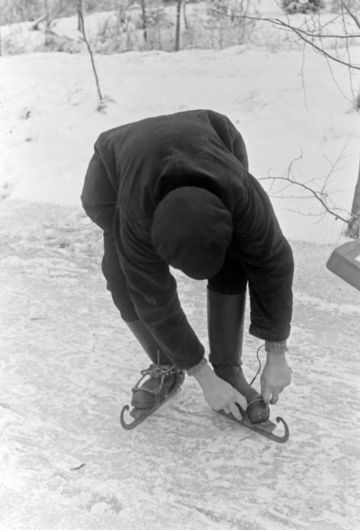
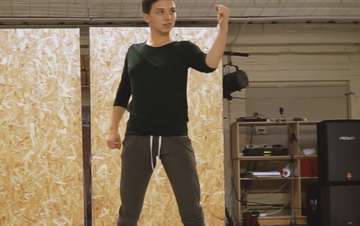
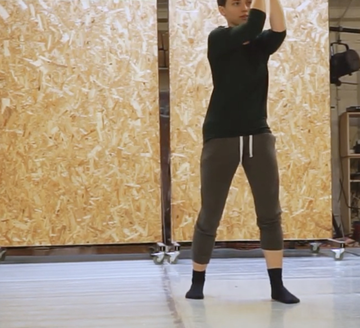
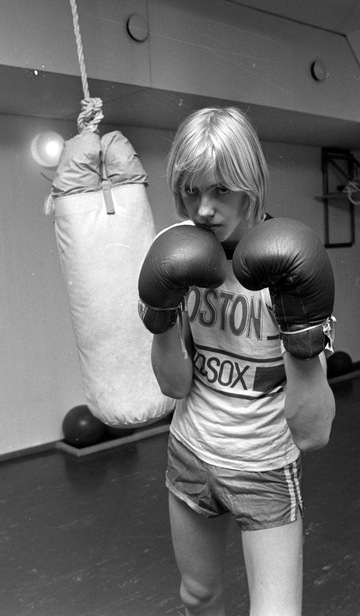
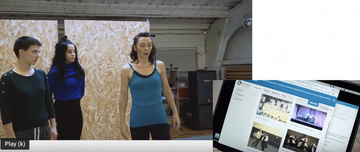
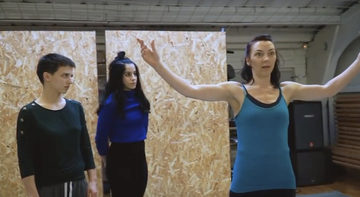
Thread Dance show, dance gala in main street, Local history
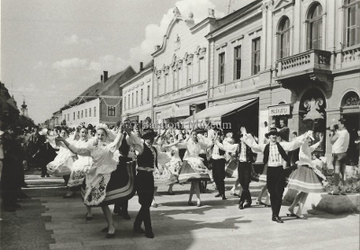
Shanghai Mulató, Dancing Bár - Budapest. A kép a Mulató helyiségeit mutatja be, valamint a bár programjai és a szereplők láthatók.
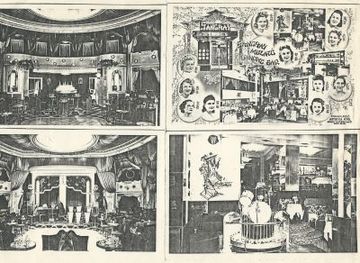
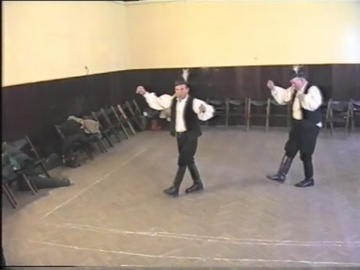
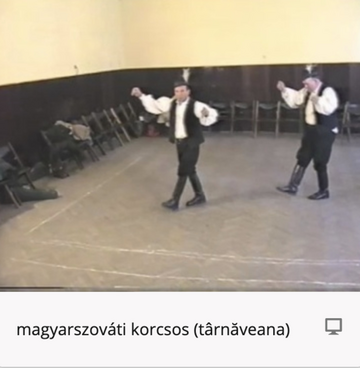
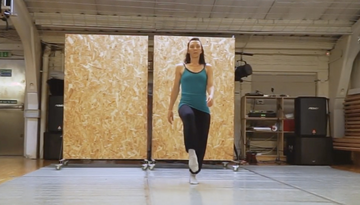
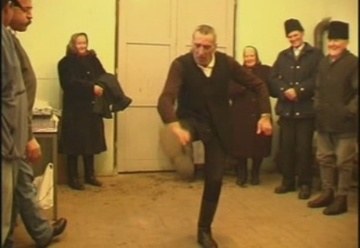
Een kleurenposter van de Olympische Zomerspelen 1940 Helsinki. De Spelen van de XIIe Olympiade werden afgelast door het uitbreken van de Tweede Wereldoorlog. Het originele plan was dat de Spelen gehouden zouden worden gehouden in Tokio, Japan. Maar Japan moest afzien van de organisatie door het uitbreken van de Tweede Chinees-Japanse oorlog in 1937. De Spelen werden toen toegewezen aan Helsinki, Finland, maar uiteindelijk werden ze definitief afgelast. Pas in 1952 werden de Olympische Spelen gehouden in Helsinki en in 1964 werden de Olympische Spelen alsnog gehouden in Tokio. Centraal op de poster staat een bronskleurig hardloper. Op de achtergrond is de wereldbol te zien met in het rood de contouren van Finland. Rechtsboven in de hoek staan de gekleurde Olympische Spelen. Onderaan staat de inscriptie ‘ XVth / OLYMPIC GAMES / HELSINKI FINLAND / 20.VII - 4.VIII . 1940’. De officiële poster, ontworpen door de Finse kunstenaar Ilmari Sysimetsa, toonde de legendarische lange afstandloper Pawo Nurmi. De poster werd in twee afmetingen en in 20 talen gedrukt.
Olympische Zomerspelen 1952 Helsinki

description: Kleinbronzen des gebürtigen Flamen Jean Boulogne, besser bekannt unter seinem italienischen Namen Giovanni Bologna oder abgekürzt Giambologna, gehörten im ausgehenden 16. Jahrhundert zu den begehrtesten Objekten höfischer Kunstsammlungen und fanden in Europa rasch Verbreitung. Die Medici verwendeten die Werke ihres Hofbildhauers als diplomatische Geschenke. Zu den beliebtesten und oft wiederholten Modellen des Künstlers gehörte die Darstellung des antiken Kriegsgottes Mars als „Vorkämpfer“ (gradivus) mit einem kurzen Schwert in der Rechten. Die muskulöse Gestalt wird in einer genau kalkulierten, komplizierten Körperhaltung gezeigt, wobei die raumgreifende Bewegung des stark gedrehten Rumpfes in den ausgestreckten Armen und den weit ausschreitenden Beinen rhythmisch fortgeführt wird. Die leicht erhobene Ferse des zurückgesetzten Fußes trägt zur Dynamisierung der Figur bei. Die makellose Oberfläche, die detailliert ausgearbeiteten Details an Händen und Füßen und der ernste, entschlossene Gesichtsausdruck unterstreichen die kriegerische Energie, die von der Bronze ausgeht.
